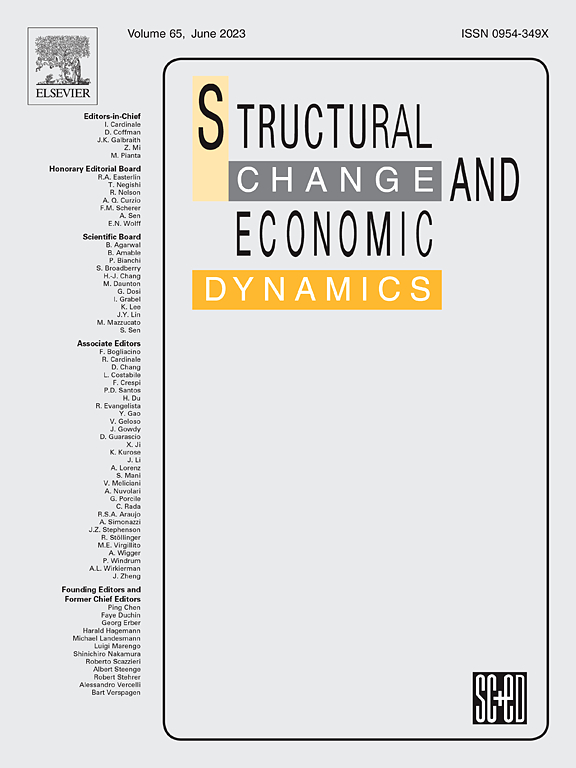Textile offshoring along global value chains (GVCs): Impacts on employment and gender wage gaps
IF 5
2区 经济学
Q1 ECONOMICS
引用次数: 0
Abstract
Globalization has a significant impact on the international distribution of production, which in turn affects the global distribution of employment and income. Yet, previous studies have often overlooked the gender implications associated with the evolution of global value chains (GVCs). In this context, the textile sector is considered critical for explaining the most recent trends in female employment, particularly in developing countries.
The main objective of this paper is to examine the impacts of textile offshoring on female participation in the labor market and on gender employment and wage gaps between 1991 and 2019. Specifically, it aims to understand prior premises as the expected increase in female workers due to the delocalization of the sector, the implications of these premises when countries begin to upgrade and their role in reducing gender inequalities.
To achieve this, we devised a multi-sectoral and multi-regional input-output (MRIO) model with a high level of disaggregation of 189 countries and 26 sectors, expanded to include male and female jobs and wages by sector and country. We also conducted a structural decomposition analysis (SDA) on the forces driving the evolution of gender gaps.
Our findings show that the gender employment gap grew in the global textile sector between 1991 and 2019, caused primarily by the role played by China and India in the textile supply chain. Gender wage gaps continue to linger, however, despite having narrowed in most of the countries analyzed.
求助全文
约1分钟内获得全文
求助全文
来源期刊

Structural Change and Economic Dynamics
ECONOMICS-
CiteScore
9.60
自引率
4.90%
发文量
159
期刊介绍:
Structural Change and Economic Dynamics publishes articles about theoretical, applied and methodological aspects of structural change in economic systems. The journal publishes work analysing dynamics and structural breaks in economic, technological, behavioural and institutional patterns.
 求助内容:
求助内容: 应助结果提醒方式:
应助结果提醒方式:


